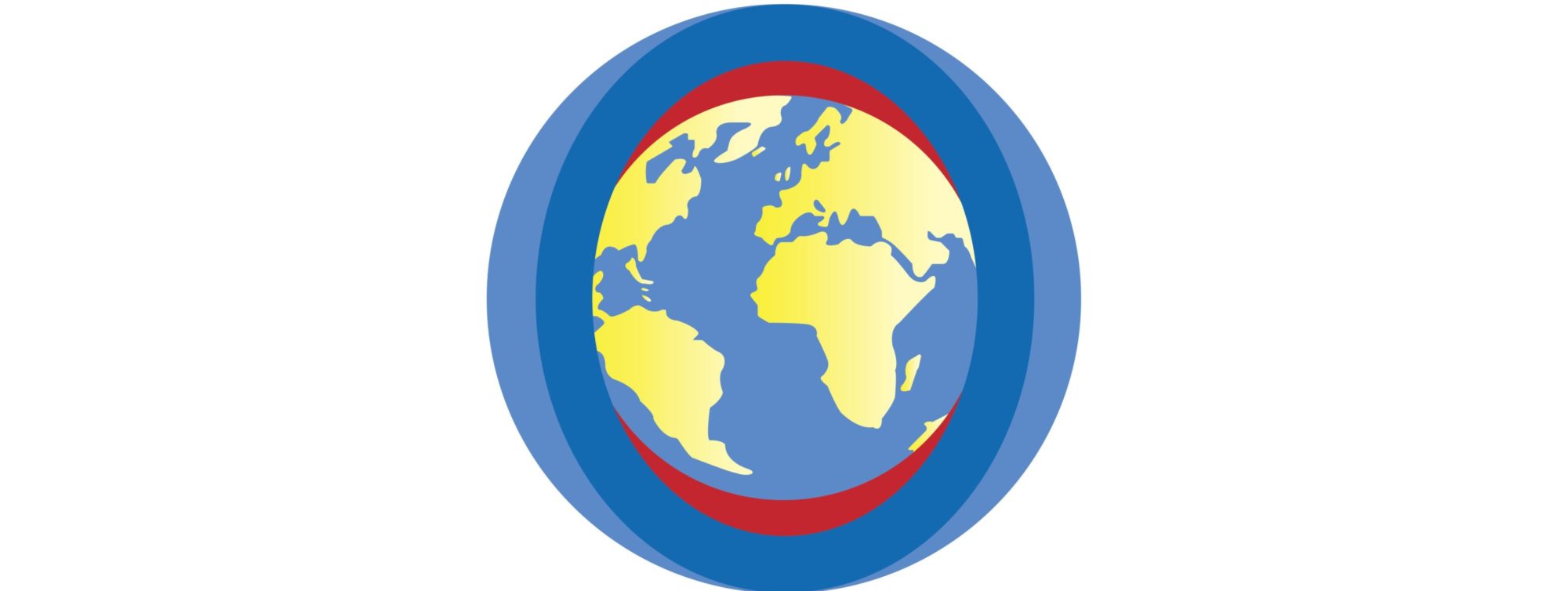To round out my blog series on “Affording Diabetes Medications”, let’s talk about how to navigate the process of medication patient assistance programs and tips on how to use medication copay cards.
Let’s start with a story…Sally, who has had Type 2 diabetes for about 10 years, recently was started on Lantus® insulin. However, she could not afford this medication as she had lost her job and had no insurance nor did she qualify for government assistance. Fortunately, Sally qualified for patient assistance program to receive her Lantus® at low cost.
Now you may be wondering who qualifies for medication assistance program. For most programs, folks who do not have prescription insurance and do not qualify for government assistance (Medicaid or Medicare) may qualify if they make less than federal poverty level (FPL). Honestly, the income cut off level for qualifying depends on the specific assistance program. “Needymeds” website has a nifty FPL income calculator on the web page for the specific programs.
Where do you find the websites that provide a listing of the necessary details, web link to the specific program for medications, and with available patient assistance programs? I have found 3 websites (listed below) that do a great job in providing all of this information:
• NeedyMeds (www.needymeds.com)
• RxAssist (www.rxassist.org)
• American Association of Clinical Endocrinologists (AACE) Prescription Savings Directory (http://prescriptionhelp.aace.com/)
You are probably asking, “What is the application process?” The easiest process to get the application is to simply download the form. Most forms will request patient information and a separate section for the healthcare provider (physician, nurse practitioner, physician assistant) to complete. Regarding patient information, demographic details such as address, phone number, email address must be provided. Your healthcare provider will complete information regarding your medication and medical information.
Most program forms will require the number of people in household and annual household income (calculate by adding income for all persons in household) as well as income verification. Some programs may require proof of income such as copy of tax return.
Helpful tip: Complete your section then drop off the form at your healthcare provider’s office as they can fill out the rest of the form and submit it.
I can hear you asking, “Once the form has been submitted, how long does it take for me to receive the medication?” Great question! Normally, it takes only a few weeks for the process to be complete and medications to be sent. Depending on the program, the medication will be sent either directly to patient or healthcare provider’s office. If the medications are sent to your healthcare provider’s office, normally an office staff member will call you to make necessary arrangements for you to receive the medications.
And yes, there is an annual renewal required? Most programs will require new application and documentation each year so plan ahead!
Let’s finish this blog with information on prescription copay cards. You know those cards that your healthcare provider may give you when starting a new brand name medicine or you find online at pharmaceutical company website that states your copay will be specific amount (i.e. $25)? Great tip…when starting a new brand name diabetes medication, ask for a copay card. A few additional tips to keep in mind with these cards are below:
You typically are not eligible to use if you have state or federal insurance (i.e. Medicaid or Medicare).
Copay amount will vary if you have insurance as compared to paying case without prescription insurance.
Check the card to see if need to activate before going to the pharmacy.
Ask if your pharmacy will accept the copay card. Not all pharmacies accept all copay cards.
Medication may still require prior authorization if it is not preferred on your prescription insurance’s formulary list.
As we wrap up this topic, a story about Sandy, who recently started on Trulicity®, received a copay card to take to the pharmacy to get her copay amount decreased. While at her pharmacy, Sandy learned that her healthcare provider had to submit a prior authorization (PA) for Trulicity® before she could use the copay card. Trulicity® was not preferred on Sandy’s prescription insurance. Unfortunately, the PA took longer than expected so she could not use the copay card for 2-3 weeks to receive the reduced copay. However, her healthcare provider’s office provided her with samples which got her through until she was able to use her copay card.
Coming up! I look forward to sharing my personal story of my two week experience with wearing the Dexcom G5 continuous glucose monitor. I’ll let you know if I recommend it – stay tuned!
